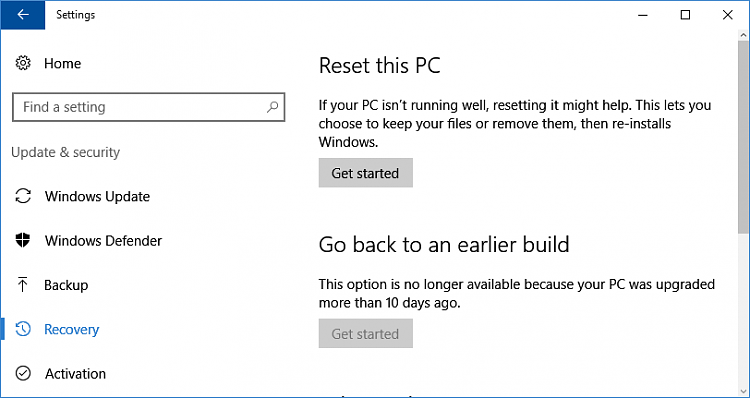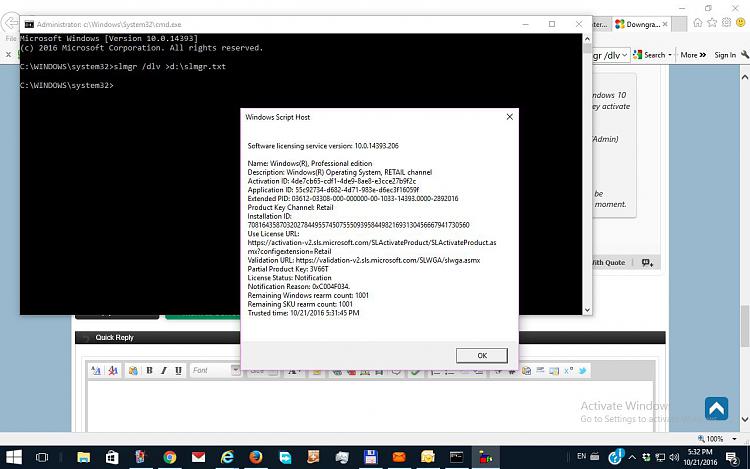

Into the activation settings screen where it will show Enterprise but will notīe activated > Change the product key again, this time entering the actual The upgrade to Enterprise take place and reboot > After the reboot go back (it has to be the Enterprise key, the Pro default key doesn't work) > allow The product key to the Enterprise default key of NPPR9-FWDCX-D2C8J-H872K-2YT43 Sometimes this doesn't work and you'll need to use the Enterprise key instead first, then downgrade to Pro. VK7JG-NPHTM-C97JM-9MPGT-3V66T to upgrade the OS (you'll still need to supply your own Pro key after the fact, if the machine didn't come with one). Source: Opens a new windowĪs others have mentioned, if you've already installed Windows 10 Home, you can try entering the generic Pro key Then run the installer and it should give you the OS selection screen. if there is a pro only iso it isn't publicly available on the MS site or i have not looked the in the right place i did it three times thinking i clicked the wrong thing. you'd think oh i forgot the check box to make a new media and not one for the for the PC the media creation tool is run. I tried but, ms media creator doesn't give that option any more. (If you download a Windows iso using Linux it will ask what version you want.) The above key will not provide a Windows 10 Pro license or activation if you don't have a legal key, it is merely a key that Microsoft gave us in case of the situation you are having.Īlso, you could try just downloading Windows Pro only and putting that on a USB stick so that it should install that.

Or do you have a Windows 10 Pro license for that PC?ĭid you enter a Windows Pro key during installation? That being said, do you have a downgrade license for that PC to go from Windows 11 Pro to Windows 10 Pro?

You just need to change your product key and use the one above. This guide will teach you the steps to quickly roll back to Windows 10 after upgrading to Windows 11.You used to be able to use this key if Home installed instead of Pro. After this period, Windows 11 will delete the files from the previous installation to make room in the hard drive for your files.Īfter uninstalling Windows 11, you may need to reinstall some apps and lose some settings configured while using the newer release.

The only caveat is that the option is only available for the first ten days after the initial upgrade. The process is possible using the recovery settings. UPDATED : If you upgraded to Windows 11, you could revert to Windows 10 without losing your files in case the new version is causing problems or you are not ready. The process will take several minutes to roll back to Windows 10 from 11.Skip the update check, follow the on-screen directions, and click “Go back to Windows 10.”.To roll back to Windows 10 from 11, open Settings > System > Recovery and click “Go Back.”.


 0 kommentar(er)
0 kommentar(er)
